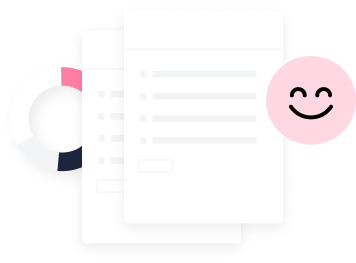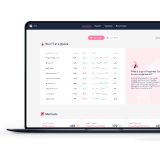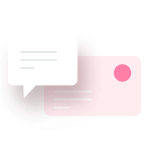
IT communication
The way IT communicates with end-users has a disproportionate effect on user sentiment.
Communication that is timely, transparent, and empathetic can significantly boost happiness, even if the issue takes time to resolve.
Poor or absent communication is a top driver of negative feedback, especially during ticket escalations or delays.
Communication is a low-cost, high-impact area to target for quick wins!

Devices and applications
Laptops, mobile devices, and business-critical applications are, we could say, pretty important.
People may not complain loudly, but technical friction has a big impact on experience.
In particular:
-
Laptops and computers show high levels of dissatisfaction tied to time lost.
-
Enterprise applications also appear frequently in negative experience reports, often related to usability and workflow friction.

Service portals and enterprise applications
These areas perform unevenly. Many users rate usability and discoverability poorly, particularly with enterprise apps and self-service portals.
High neutrality scores in this area suggest apathy or frustration, a sign that systems may be technically functional but not optimized for a better experience.

IT understanding and training
These two areas are often lumped together, as they represent how well IT understands its users and how it equips them to use technology.
In the 2025 data, low happiness in these areas is closely linked with higher time loss, especially for “Trier” or “Supported” personas (more on them in Chapter 4) who lack confidence or independence in IT.
Investing in better onboarding, contextual help, and just-in-time training can help.

Remote work
IT has improved hybrid and remote work enablement significantly since the early years of the pandemic.
Happiness is high, and time lost is comparatively low, suggesting that:
-
VPNs, cloud services, collaboration tools, and remote desktop access have matured
-
Support for remote users is now better
Still, maintaining this requires continued investment, especially as remote setups become more complex and security expectations grow.

Office environment
While not a top driver of feedback, the office environment still influences IT sentiment.
Significant issues highlighted in the data are things like poor connectivity, AV setup problems, or shared equipment failures.
Naturally, a not-so-enjoyable work environment will negatively affect workflows and add to frustration.







